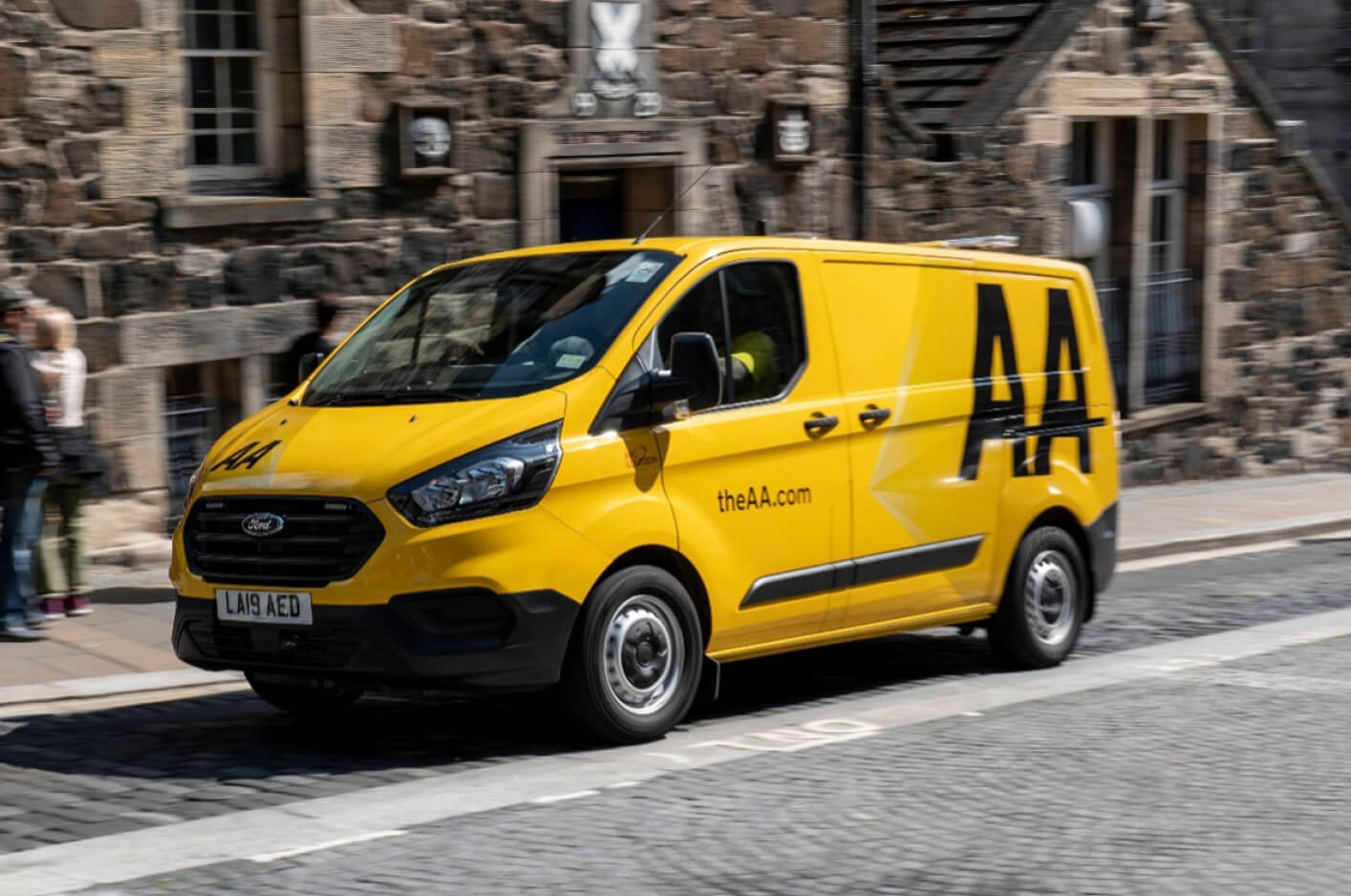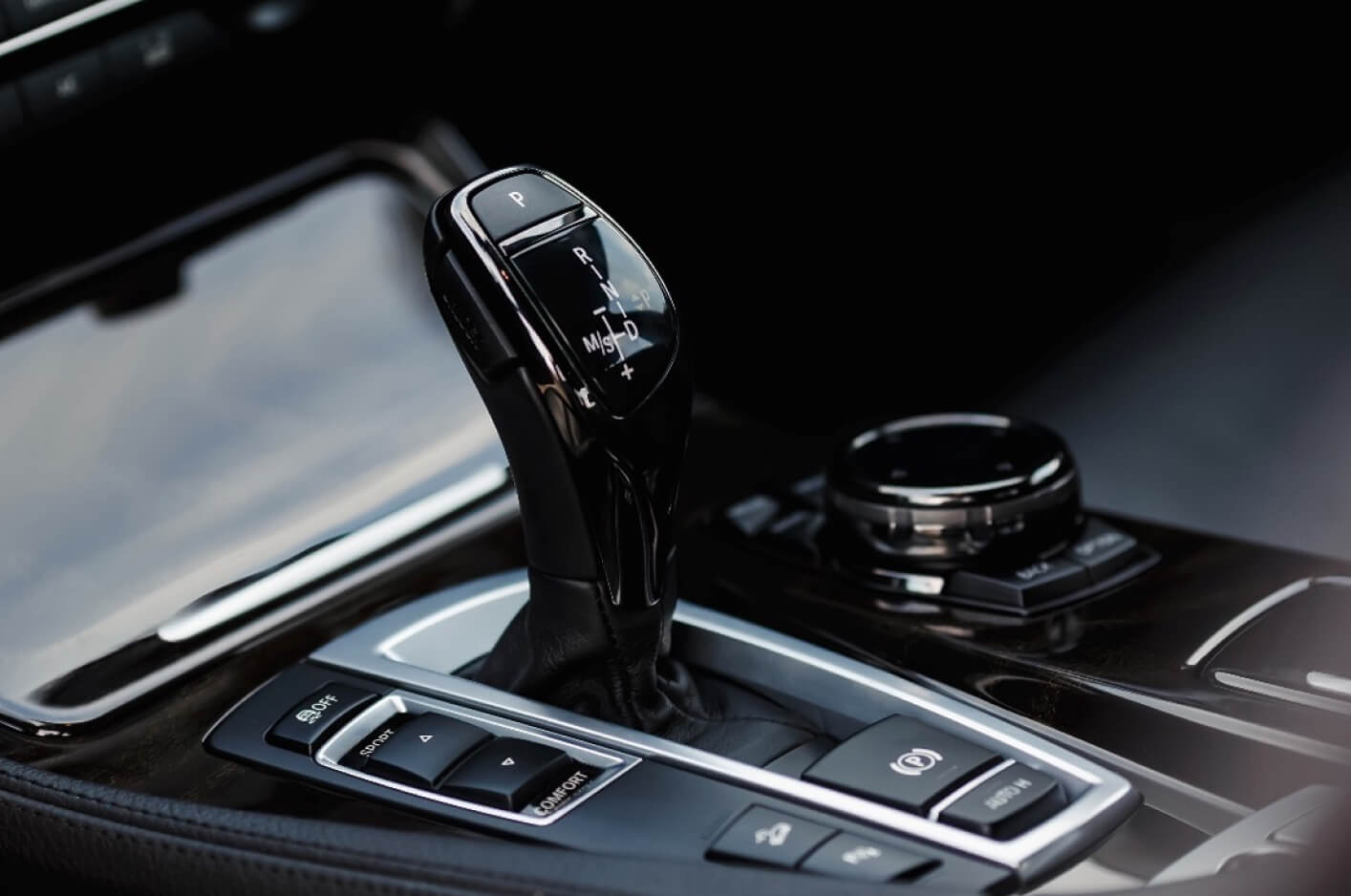21 January 2019
No-deal Brexit: what you need to know about driving abroad
Drivers may need an International Driving Permit in addition to a UK driving licence in the event of a 'no-deal' Brexit.

Summary:
In the event of a no-deal Brexit:
- Drivers should carry a Green Card if they wish to drive their vehicle in the EU.
- Drivers may need additional documentation when driving abroad.
- An International Driving Permit may be required (in additional to a full UK driving licence).
The government has issued new guidance to UK residents driving in Europe from March 29, 2019 in the event that the country leaves the European Union without a deal and that includes a requirement for an International Driving Permit.
With a no-deal Brexit seemingly a distinct possibility following Tuesday's (January 15) historic government defeat inflicted on Prime Minister Theresa May's deal, drivers from the UK will need extra documentation to drive in the European Union and the European Economic Area*.
Furthermore, the Association of British Insurers has urged drivers to contact their insurer for a Green Card - an international certificate of insurance - and take it with them if they wish to drive their vehicle in the European Union, the European Economic Area and some other countries (Andorra, Serbia and Switzerland) in the event of no deal. Green Cards will be required under regulations as proof of insurance. Those who travel without one may be breaking the law, which applies to both businesses and individuals. The same requirements will apply to European Union motorists travelling to the UK.
Although an agreement between the relevant European insurance authorities was made in May 2018 to waive the need for Green Cards in the event of a no-deal Brexit, it has not been confirmed by the European Commission, hence the industry is planning on the basis of Green Cards being required. Further information is available at: https://www.abi.org.uk/products-and-issues/choosing-the-right-insurance/motor-insurance/travelling-to-the-eu-if-a-no-deal-brexit/
Meanwhile, currently UK driving licence holders who live in the UK can drive in all European Union and European Economic Area countries using their UK driving licence. Should a European Union exit deal in the run-up to the UK's departure date on March 29 be agreed that arrangement will continue.
What's more, in the event that there is no European Union exit deal, the government has said that it would seek to put in place new arrangements for European Union and European Economic Area countries to recognise UK driving licences when people were visiting, for example on holiday or business trips.
However, in the interim from March 29, in the event of a no-deal departure, an International Driving Permit in addition to a UK driving licence may be required to drive when visiting European Union and European Economic Area countries.
Currently, UK licence holders who live in the UK only require an International Driving Permit in addition to their UK driving licence to drive in some countries outside of the European Union and European Economic Area.
The UK currently issues two types of International Driving Permit to UK licence holders who are resident in the UK: the 1926 International Driving Permit and the 1949 International Driving Permit. But, from March 28, 2019 the UK will issue a third type of International Driving Permit: the 1968 International Driving Permit. At the same time, the type of International Driving Permit that some countries recognise will change.
To further complicate matters, the type of International Driving Permit required depends on the country/countries driving in.
Countries that are party to the 1968 Vienna Convention on Road Traffic will no longer recognise 1926 and 1949 International Driving Permits issued by the UK. Instead a 1968 International Driving Permit may be required to drive in those countries. However, countries that have ratified a road traffic convention are not obliged to require visiting foreign drivers to carry an International Driving Permit. So, in some countries it may be possible to drive with a UK driving licence without an International Driving Permit.
The Department for Transport in its guidance said it was important for UK drivers to "check which type of International Driving Permit was needed to ensure the correct documentation for travels".
Until January 31, 2019, 1926 and 1949 International Driving Permits are available from 89 UK Post Offices, or by mail order from the AA or the RAC. From February 1, 2019 UK drivers only be able to obtain 1926, 1949 and 1968 International Driving Permits over the counter from 2,500 UK Post Offices. Each International Driving Permit costs £5.50.
Each European Union and European Economic Area country will decide if they require a foreign driver to have an International Driving Permit, in addition to a driving licence, to legally drive in their country.
In some circumstances UK residents may need more than one International Driving Permit depending on how many countries they are planning to drive through. For example, when driving through France a 1968 International Driving Permit is required but in Spain a 1949 International Driving Permit is needed. Information on which International Driving Permit is required on a country-by-country basis is available at: https://www.gov.uk/guidance/international-driving-permits-for-uk-drivers-from-28-march-2019#contents
UK driving licence holders should not need an International Driving Permit to drive in Ireland from March 29, 2019. That's because Ireland does not currently require International Driving Permits to be held by driving licence holders from non-European Union countries.
Additionally, people currently using a UK driving licence and who live in a European Union or European Economic Area country, from March 29, 2019 cannot use an International Driving Permit to guarantee that their UK licence will be recognised in that country. Therefore, if wishing to continue to drive, they should exchange their UK licence with a local licence, where that option exists.
While the UK is a member of the European Union, UK driving licences are directly exchangeable for European Union or European Economic Area country licences. However, from March 29, in the event that there is no exit deal, licence exchange arrangement will stop. Instead people will need to re-take their driving test in the European Union country where they live to be able to carry on driving there. If exchanging a licence, people will be able to re-gain their UK licence on returning to live in the UK, provided they passed their driving test in the UK or a designated country.
The government said: "People should consider exchanging their UK driving licence for a European Union driving licence as soon as possible. Increased demand may lead to longer processing times and delays to exchanging driving licences the closer it is to March 29, 2019."
Finally, when the UK ratifies the 1968 Vienna Convention on Road Traffic, arrangements will also change in some countries outside of the European Union and European Economic Area meaning that one of the three International Driving Permits will be required. Information on which International Driving Permit is required on a country-by-country basis is available at: https://www.gov.uk/guidance/international-driving-permits-for-uk-drivers-from-28-march-2019#contents
* The European Union countries are: Austria, Belgium, Bulgaria, Croatia, Republic of Cyprus, Czech Republic, Denmark, Estonia, Finland, France, Germany, Greece, Hungary, Ireland, Italy, Latvia, Lithuania, Luxembourg, Malta, Netherlands, Poland, Portugal, Romania, Slovakia, Slovenia, Spain, Sweden and the UK. The European Economic Area countries include European Union countries and also Iceland, Liechtenstein and Norway.
Licence information for truck, coach and bus drivers driving through the European Union and European Economic Area is available at:


